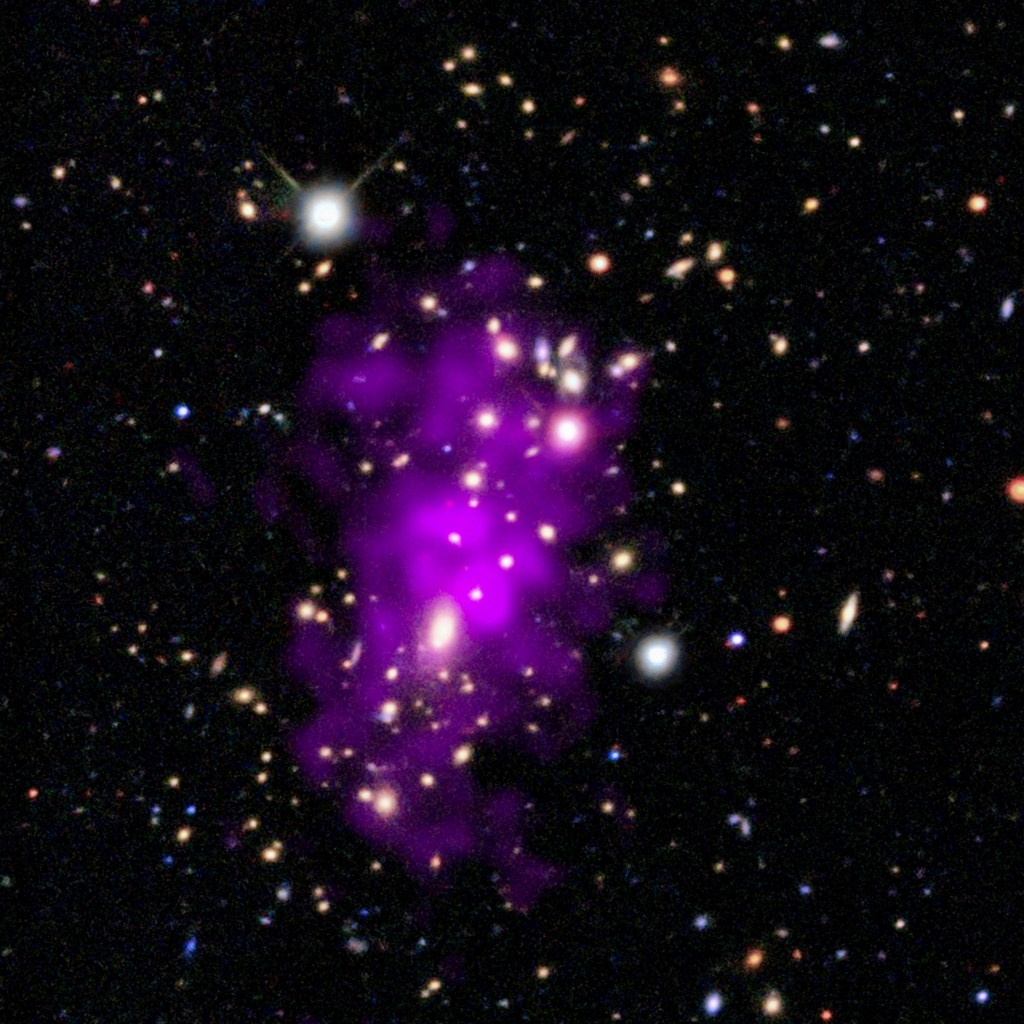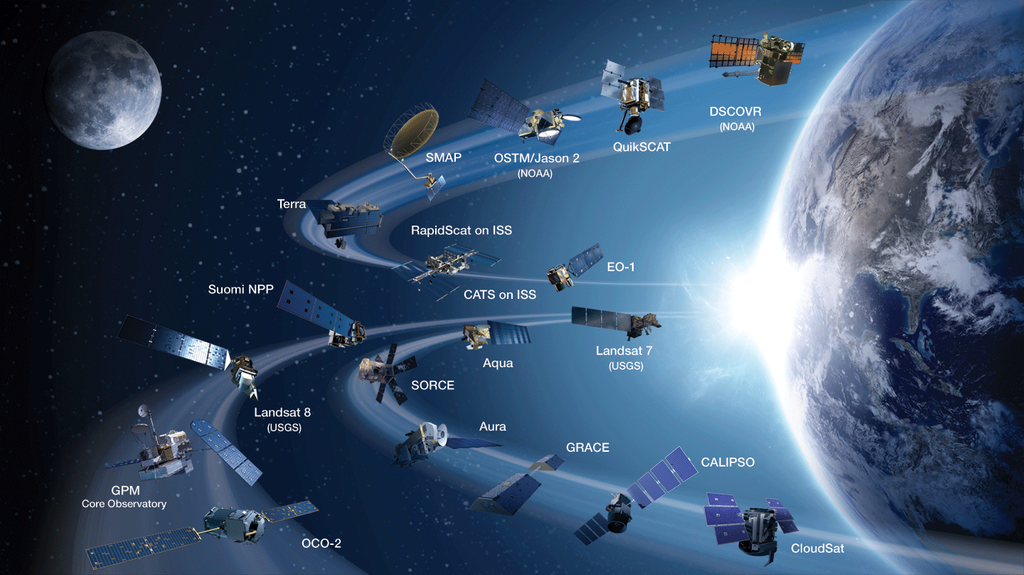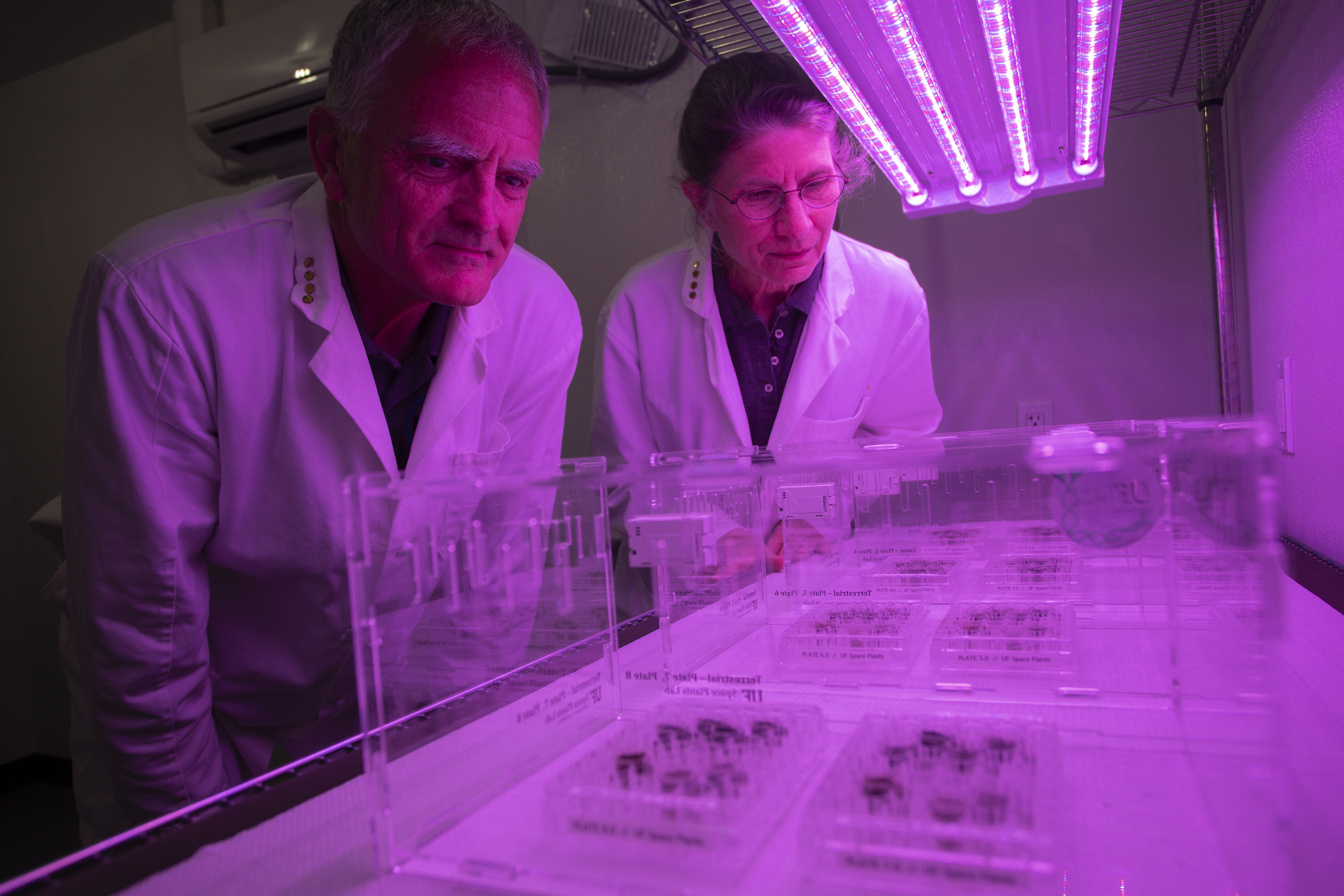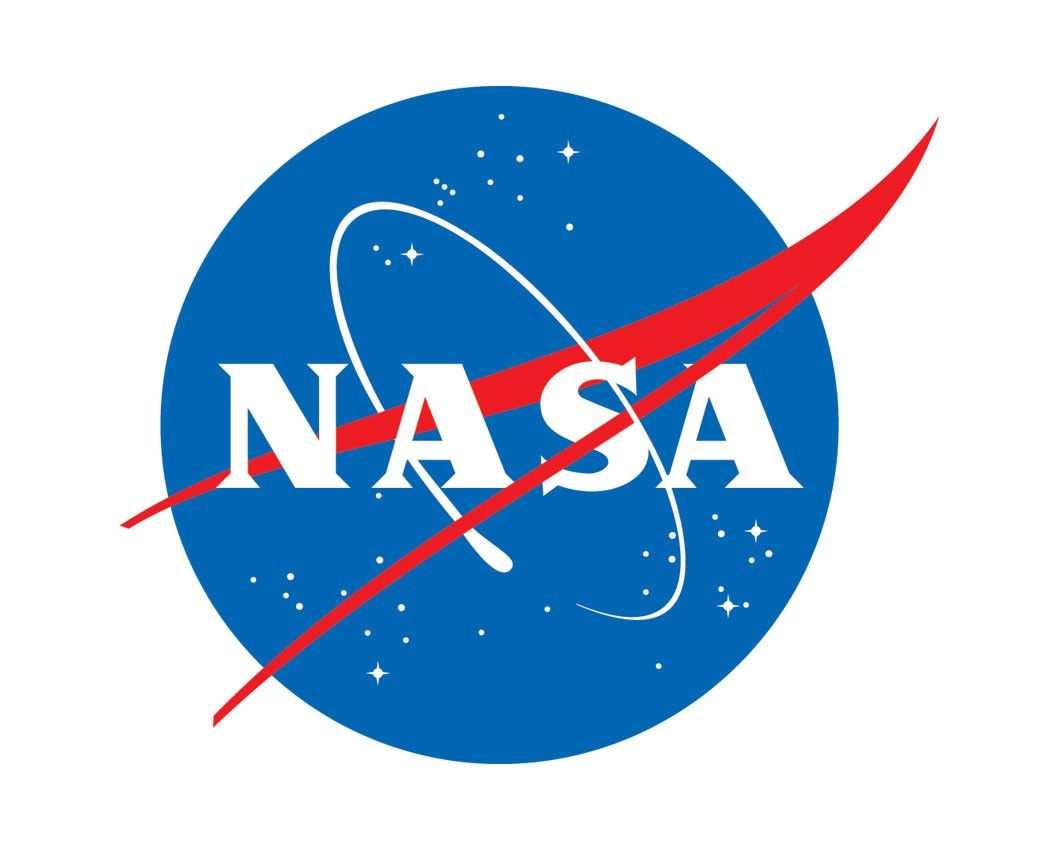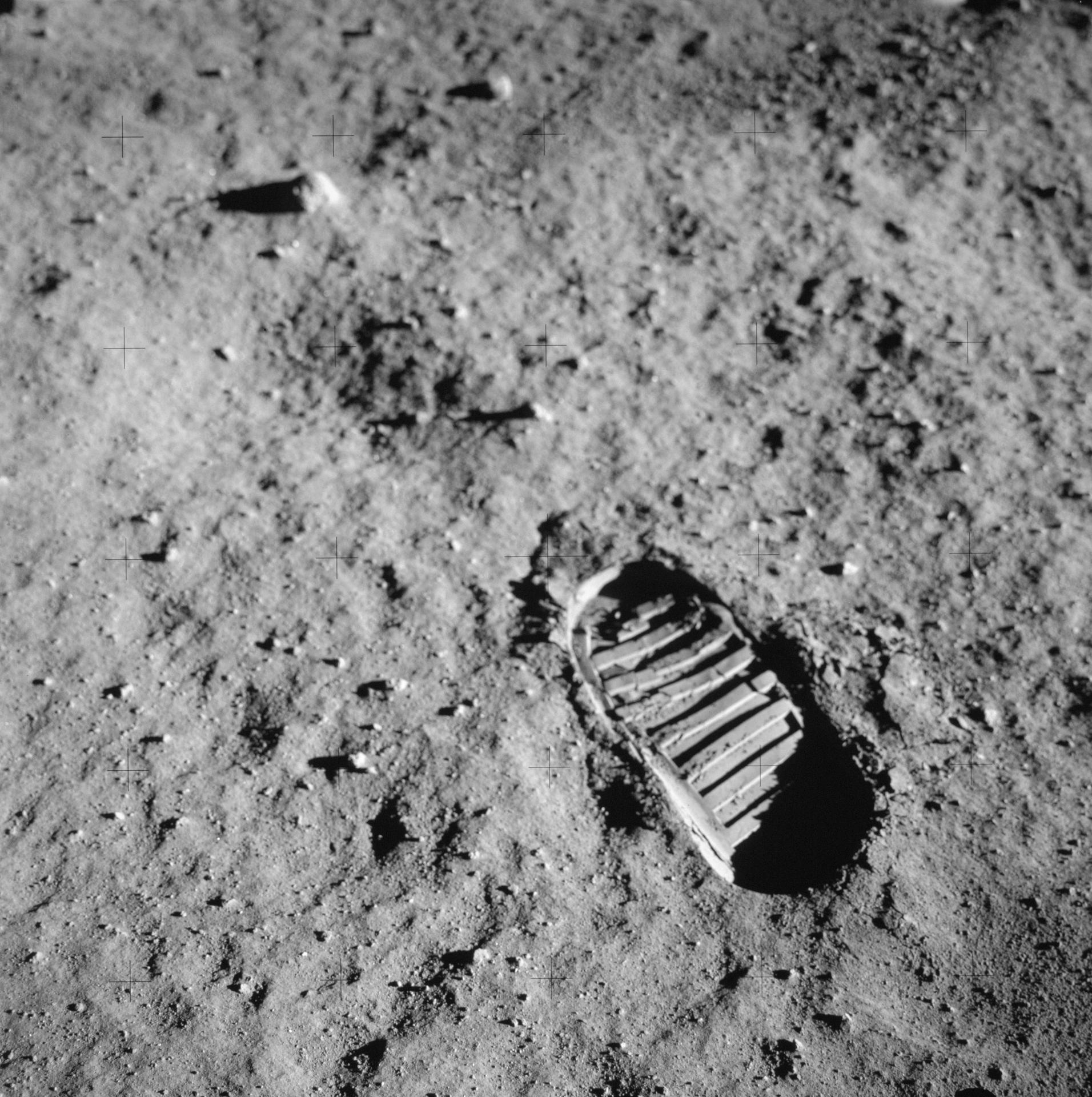What Is Lunar Regolith?
More Than Just Moon Dirt
When NASA’s Apollo astronauts first stepped foot on the Moon, they left famous footprints in what scientists call lunar regolith. This surface layer on the Moon is fragmented, sharp rock material.
Just like the Earth has soil, the Moon has lunar regolith. But an important difference is that soil is made of organic materials, whereas regolith is the result of the impact of meteoroids as well as charged particles from the Sun and stars.
While the Earth’s soil is exposed to wind and water, which wear down the edges of the particles, the rock material of lunar regolith remains very sharp with fresh fractured surfaces. This makes the regolith potentially dangerous; it can quickly wear down space suits and equipment and be hazardous to astronaut health.
Regolith May Offer Potential Benefits
Understanding the possible impacts of lunar regolith is critical to enabling humans to explore and stay on the Moon for longer periods of time. As we stay longer on the Moon and eventually go to Mars, we will need to reduce the quantity of supplies launched from Earth and instead produce supplies using the natural resources available.
Regolith is a natural resource of the Moon. Since it is readily available, it could be a convenient resource for producing supplies, building structures, extracting water and gasses, and growing plants to reduce the need to fly the supplies and raw materials from Earth.
In fact, scientists have already started experimenting with growing plants in lunar regolith. After two days, seeds germinated, although the resulting plants did not grow as well as those grown in more nutrient-rich Earth soil. This research advances scientific knowledge in four areas:
- What genes are involved in a plant’s response to a unique space environmental stress
- How the composition of regolith from different areas of the Moon affects plant growth and development
- How to design more in-depth experiments that will better inform how regolith can be used to grow crops and have regolith that is more supportive of plant growth
- Data and findings that may be applied to studies of Mars regolith and plant growth
Another potential use for lunar regolith is in building materials. Scientists are working to understand if regolith can be mixed with cement and different binders to make a type of lunar concrete which could be used to build space habitats and other structures. The goal of the MICS (Microgravity Investigation of Cement Solidification) experiment was to investigate the complex process of cement solidification in microgravity on the International Space Station. The data from this study and other space station concrete solidification studies can inform research investigations to be conducted in the partial gravity of the Moon.
The investigation of the potential of regolith on the Moon and Mars for manufacturing and life-sustaining applications is vital for a sustained presence. What scientists find today could propel the future of space agriculture, building, and manufacturing in space.
Related Resources
About BPS
NASA’s Biological and Physical Sciences Division pioneers scientific discovery and enables exploration by using space environments to conduct investigations not possible on Earth. Studying biological and physical phenomenon under extreme conditions allows researchers to advance the fundamental scientific knowledge required to go farther and stay longer in space, while also benefitting life on Earth.













